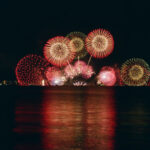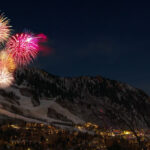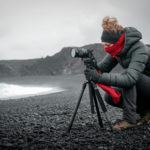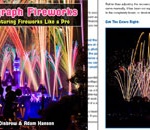We hear the term “HDR” a lot. Some people love it; others hate it. There’s no shortage of tutorials on how to pull it off. But what exactly is it? In this quick six-minute tutorial by TechQuickie, you can learn what HDR is and what it means to post-process a shot that way:
What is HDR?
HDR stands for “High Dynamic Range”, which describes the level of, predictably, something called dynamic range. Don’t worry too much about what dynamic range is—suffice it to say, it’s a different way of measuring levels of contrast in a photo. Rather than using a numerical metering system, HDR uses f-stops.
People might post-process a shot in Photoshop using HDR if they wanted the light in the shot to come out evenly, so the brightest and darkest spots could be roughly similar.
Here, without HDR, the sun would totally whitewash the rest of the shot:
Why use HDR?
The original idea behind HDR is to create a more natural image. Our eyes can see the above scene and recognize both the sun and the detail of the stones. A camera can’t; one level of light must be sacrificed for another.
How does HDR work?
HDR is done by taking several separate shots with different apertures—different light settings—and compositing them together.
Check out the following example of shooting a building at night to see how it works:
None of those four shots were perfect, but each lit up a different part of the image well. What happens when we blend them together?
It levels the detail so the bright spots are in tune with the darker ones. It also happens to look kind of futuristic and a bit surreal.
Why do some people hate HDR?
Some might call the above Old Courthouse example too obvious. Photography purists tend to dislike how distracting the post-production is, or consider it amateurish work.
In theory, though, HDR is great. Not all photographers use it against normal architecture or landscape shots; some pull it off in subtler situations, like this one:
The background, once darkened by shadow, is levelled with the foreground and the blue sky to create a really well-lit image. The whole thing is saved by HDR, really.
“This is mostly only true if the objective of taking the image is to get a more practical image, where you can see the details in the skier’s face as well as the landscape, because often HDR, counter-intuitively, ends up looking surreal rather than more natural. -Linus Sebastian”
Like This Article?
Don't Miss The Next One!
Join over 100,000 photographers of all experience levels who receive our free photography tips and articles to stay current:













Um, that’s not the White House. It’s the Old Court House in downtown St. Louis.